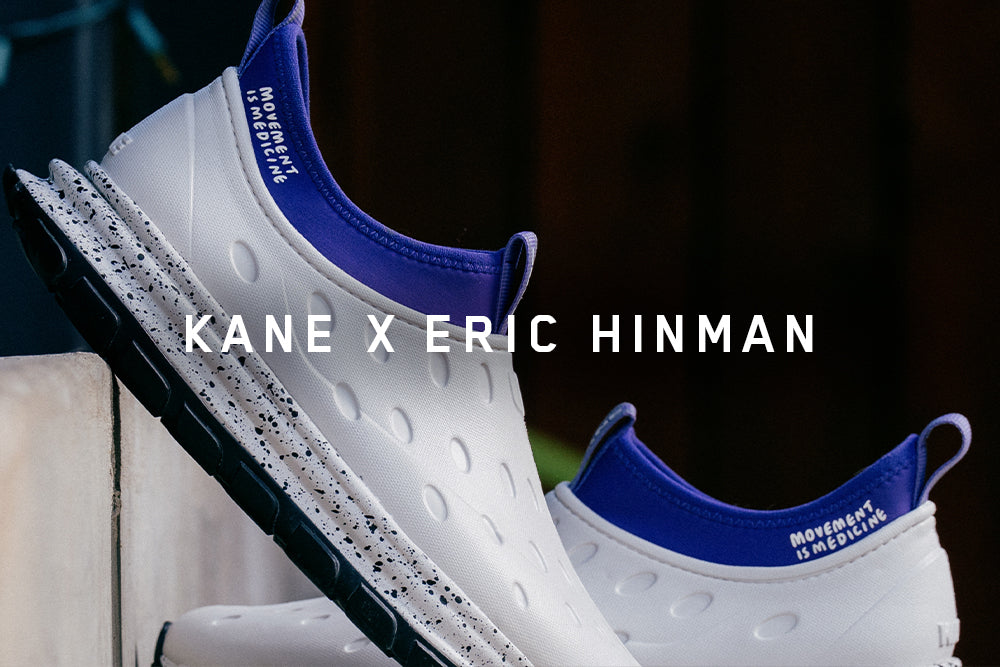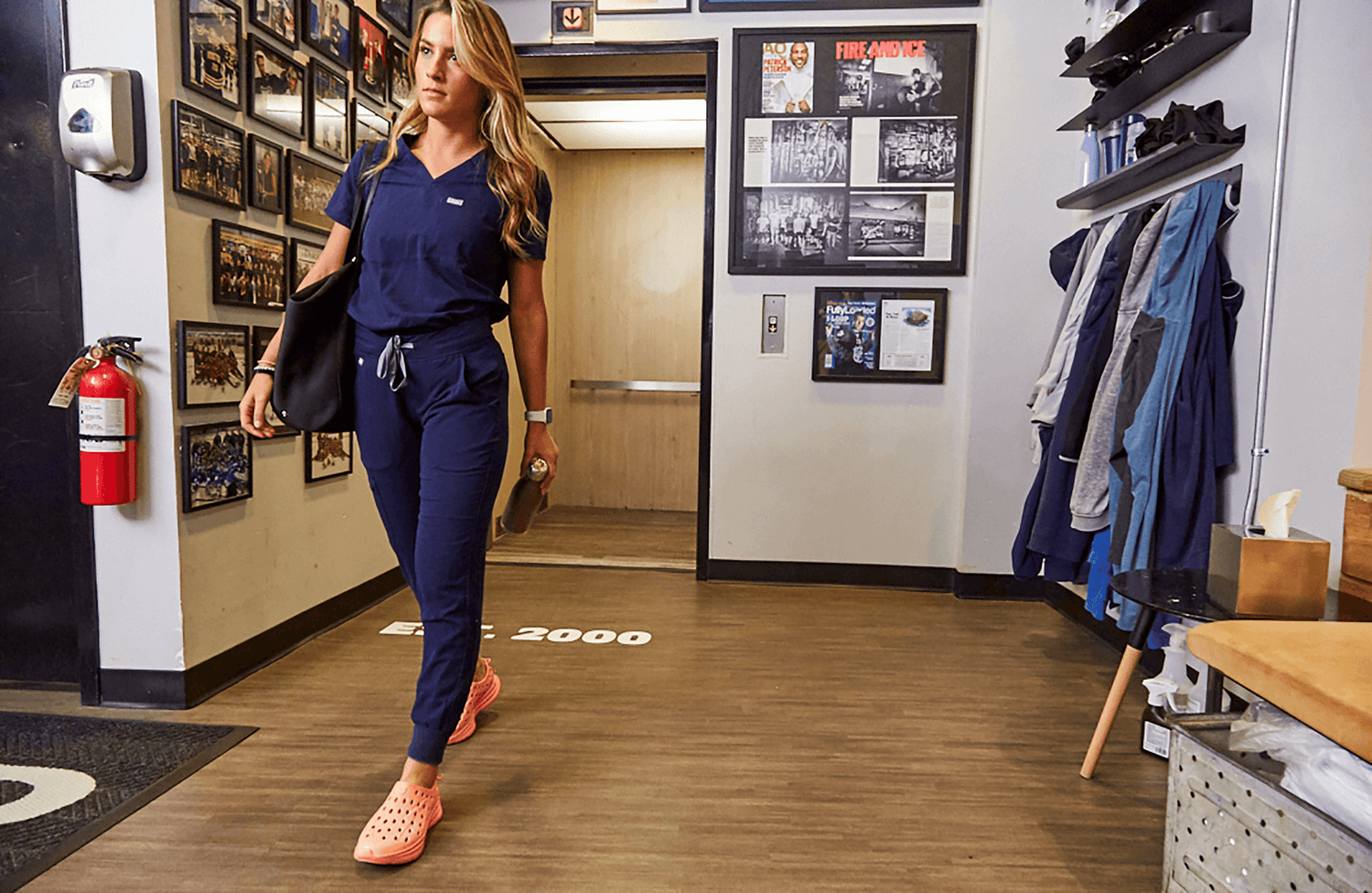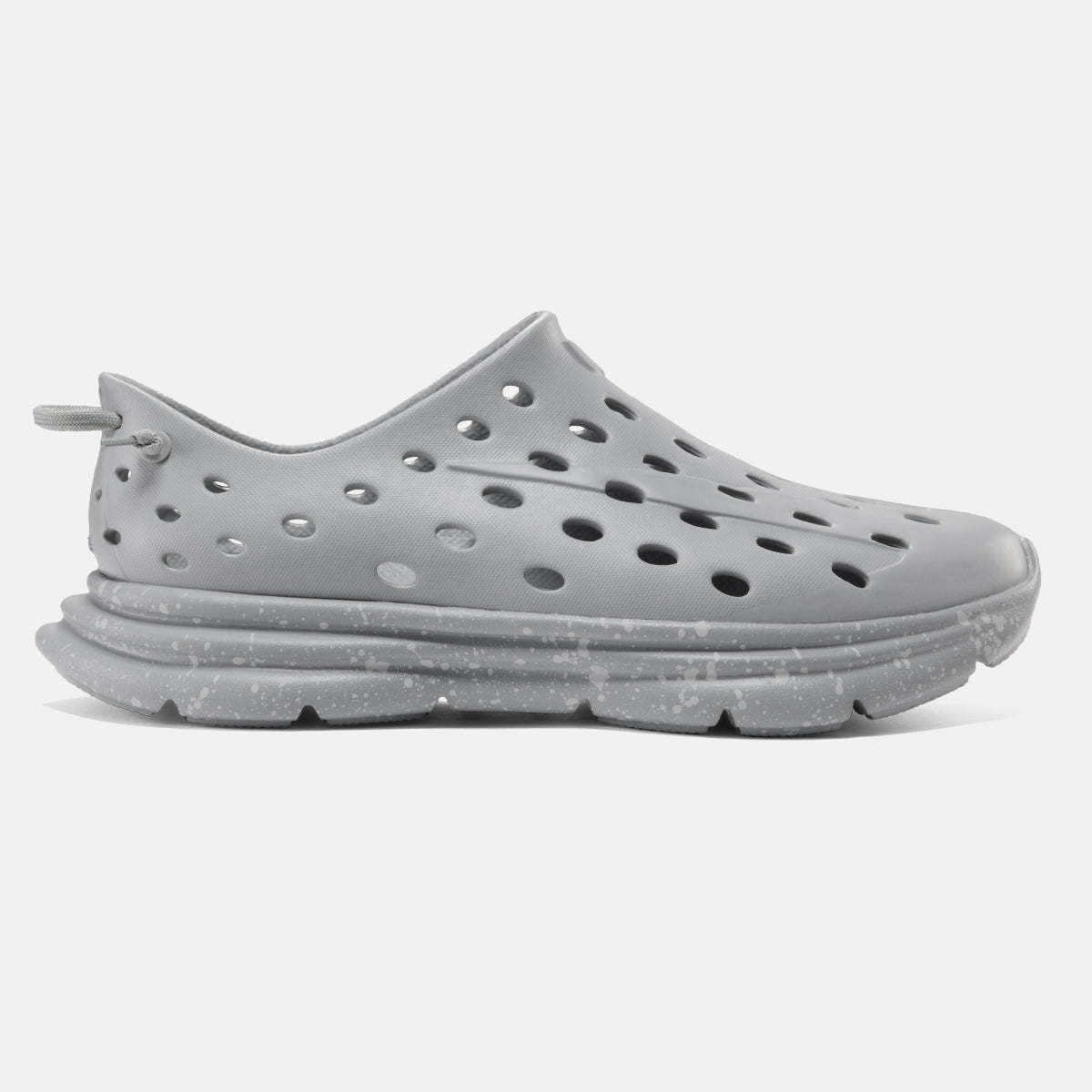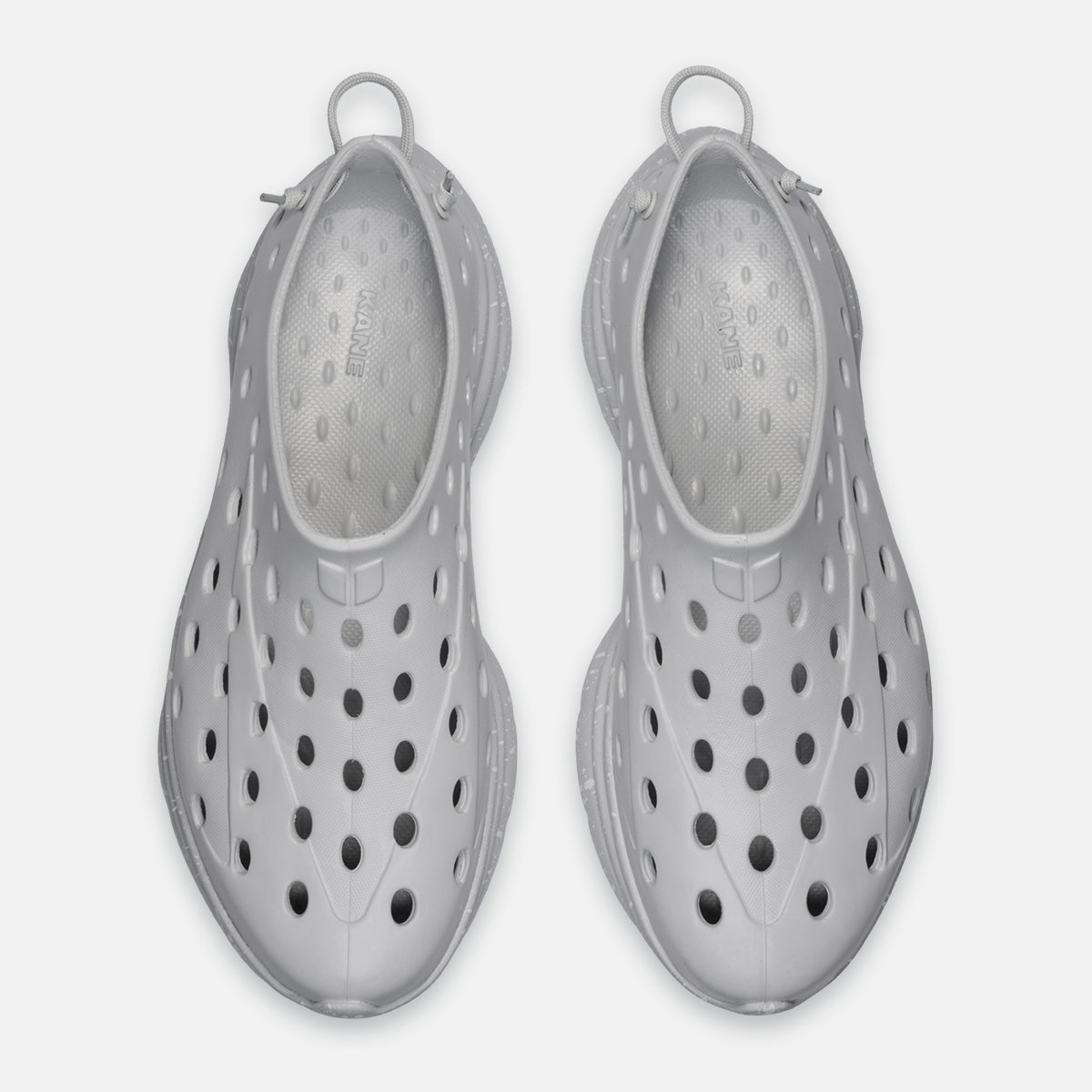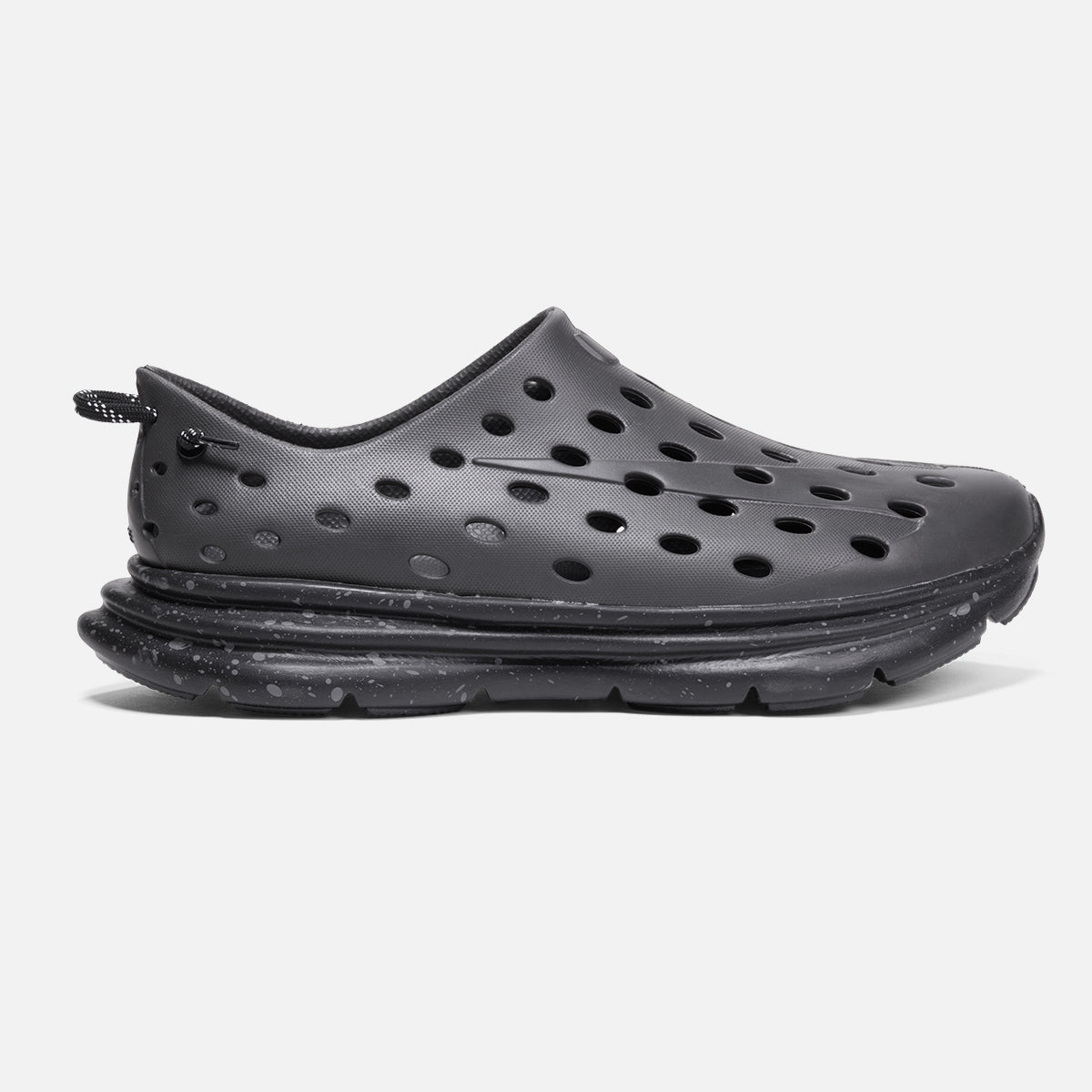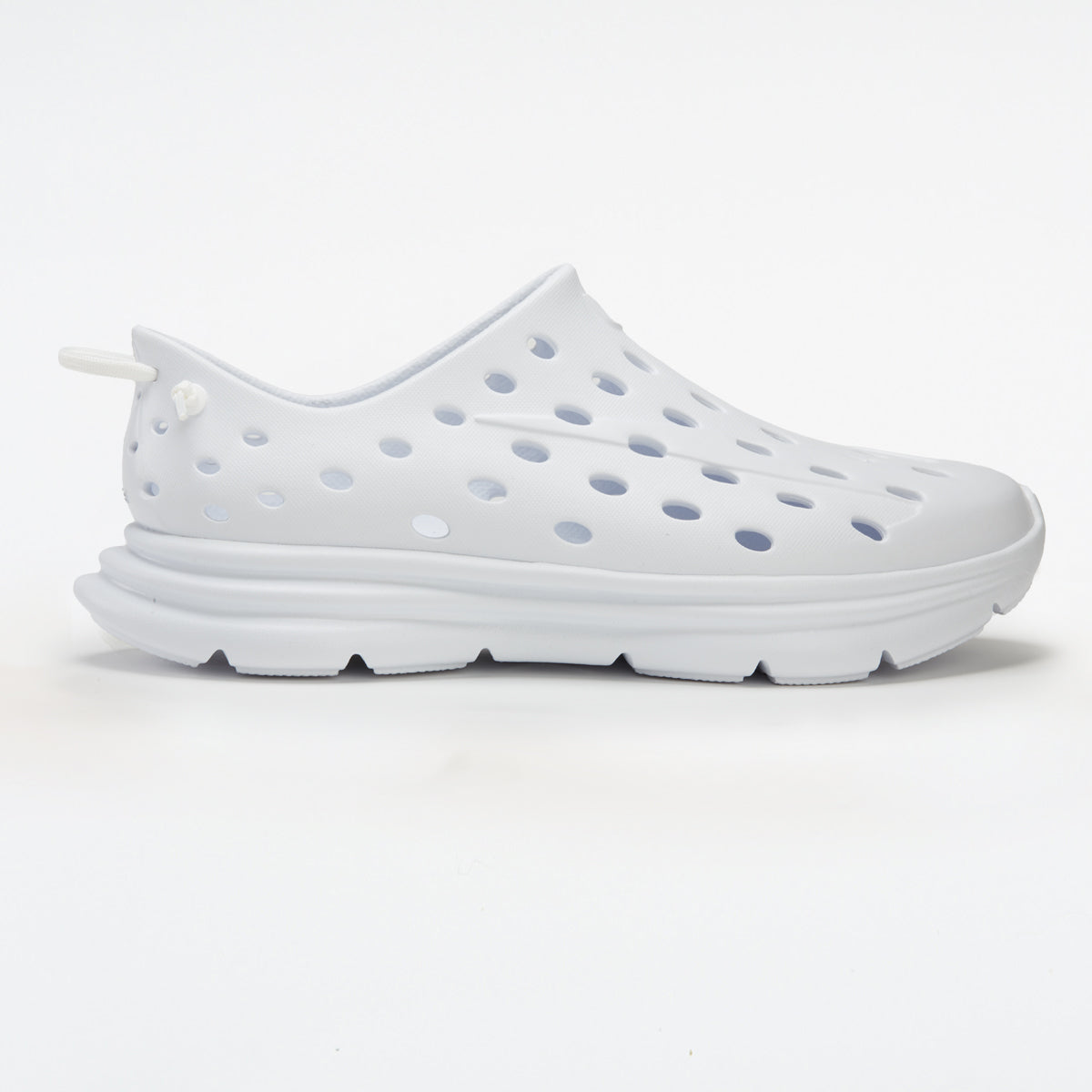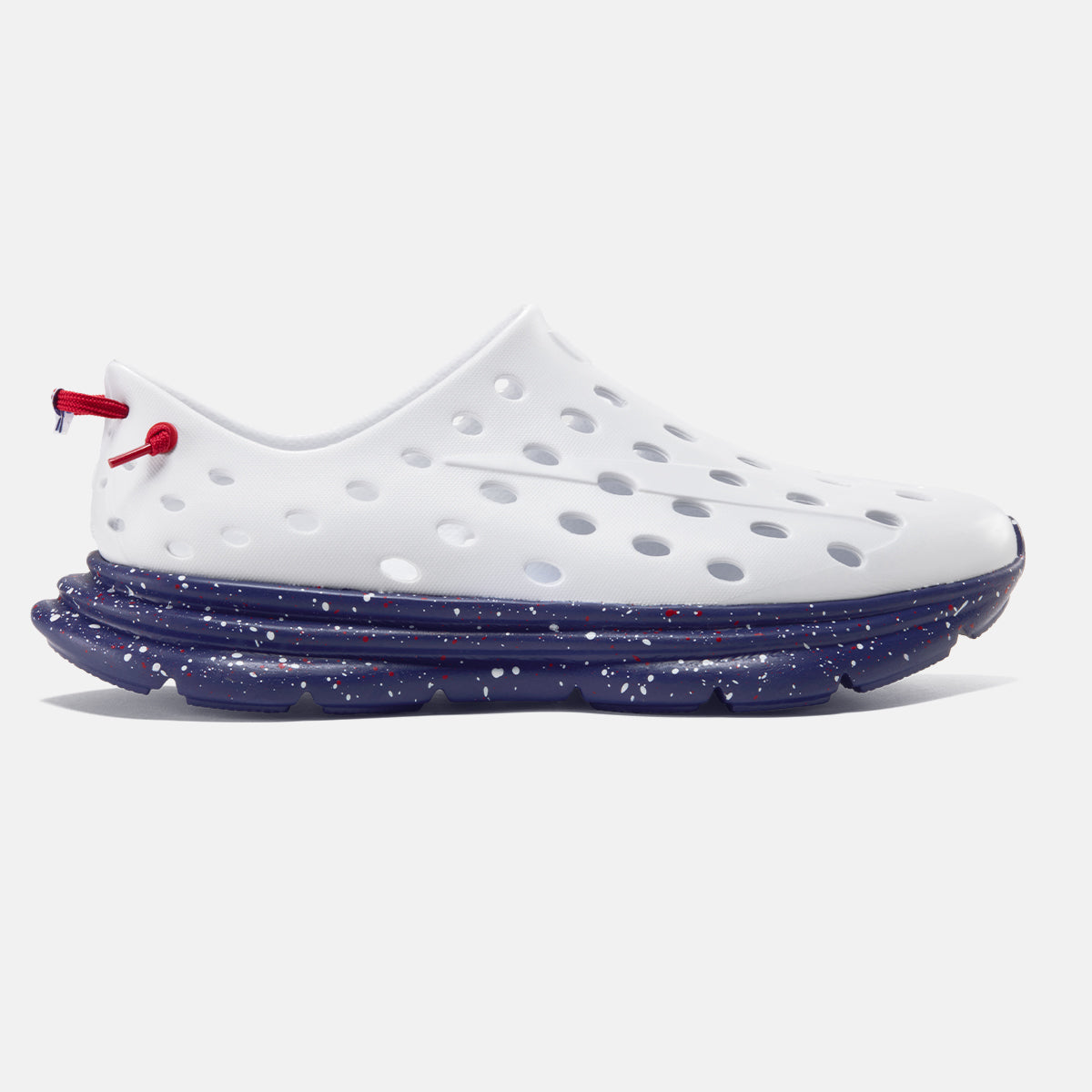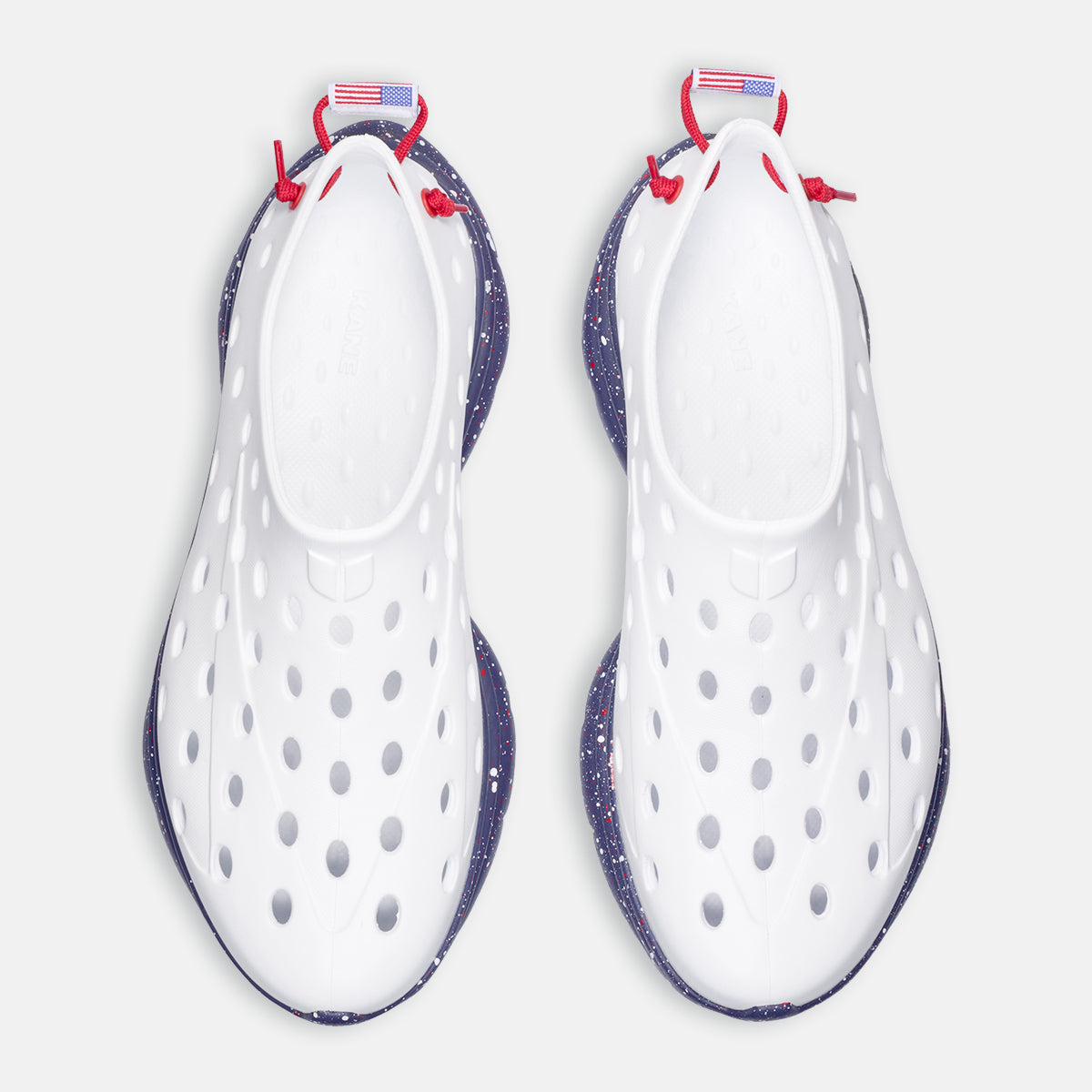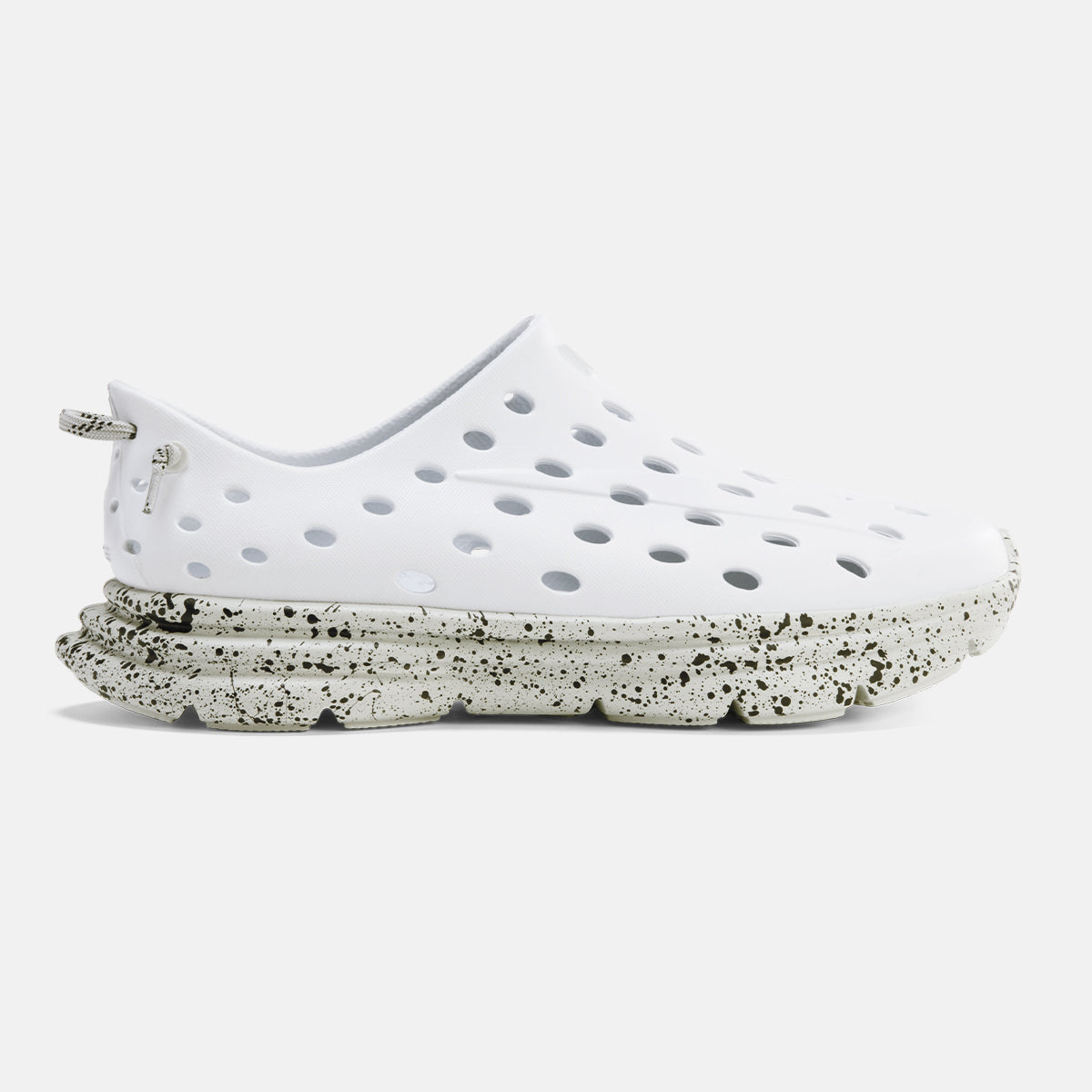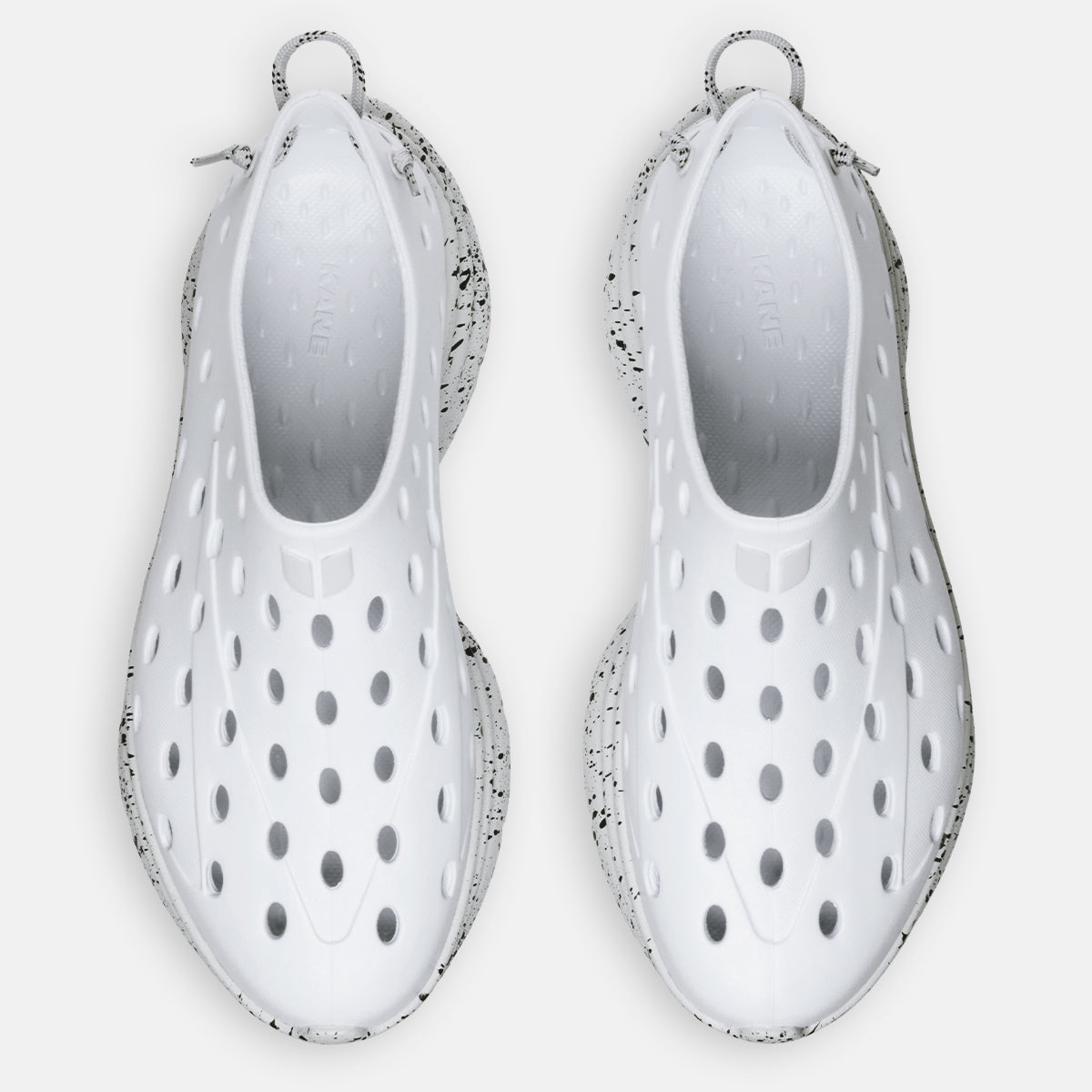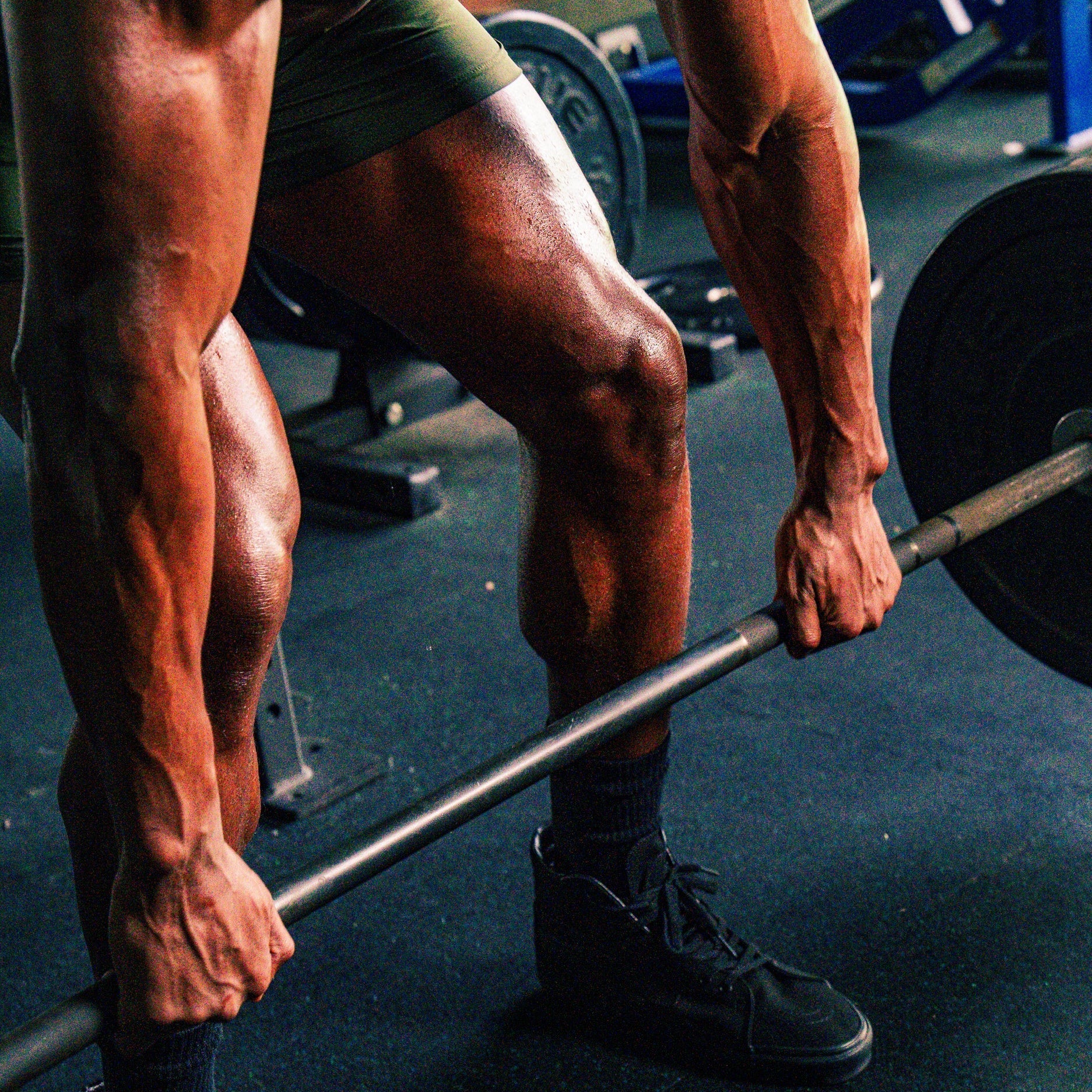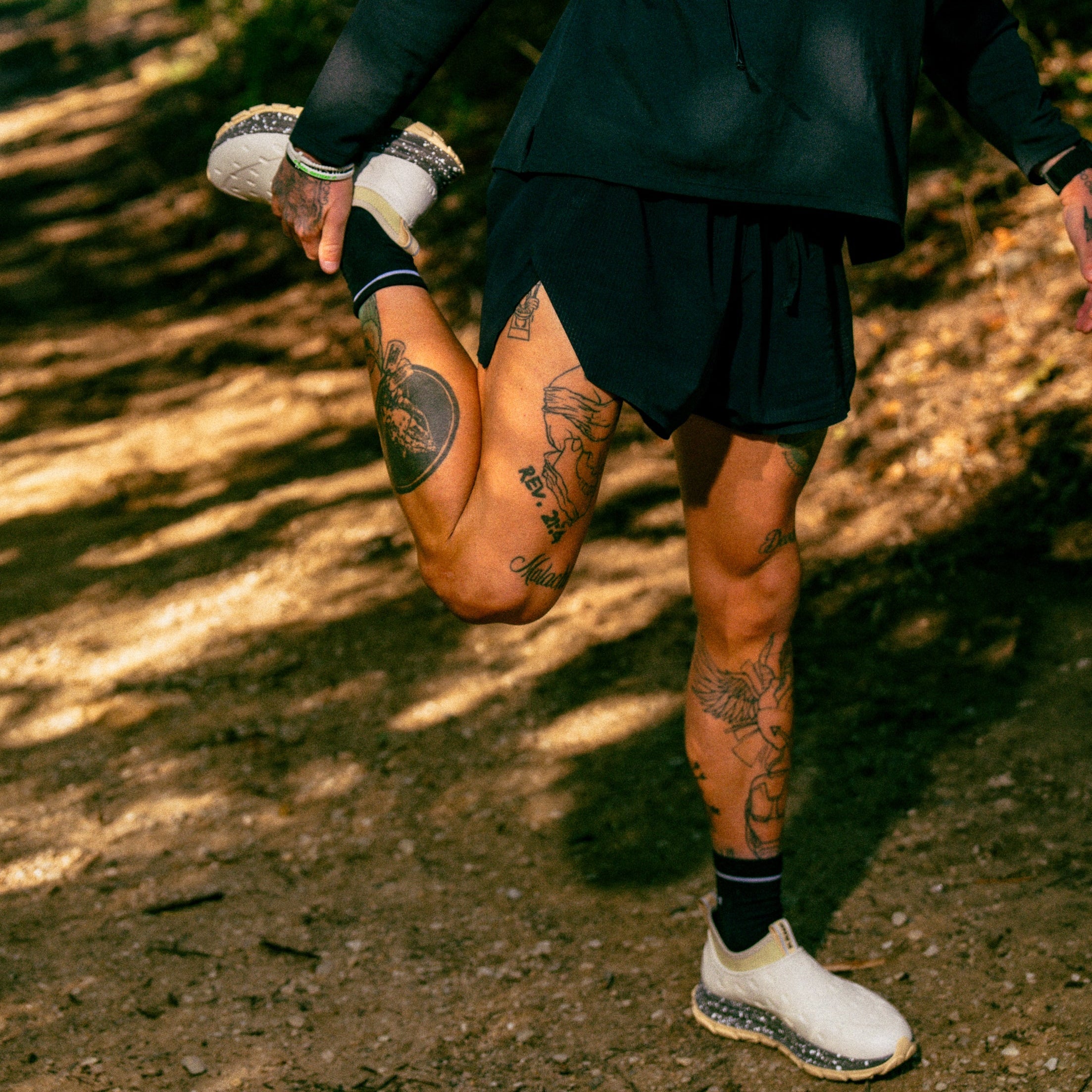After surgery, the type of shoes you wear can play a crucial role in your comfort and recovery. Chances are, your normal shoes (such as dress shoes) will have to wait until after your feet have healed, but you still need to be able to wear shoes—swollen foot or not—and the right ones can make all the difference.
Remember, following your surgeon's or healthcare provider's specific recommendations regarding footwear after surgery is crucial. They may provide guidance based on the type of surgery, your individual recovery needs, and any potential complications. Always prioritize comfort, support, and safety when choosing post-op shoes.
Here are some general types of post-op shoes experts often recommend after surgery for foot injury:
10 comfortable shoes to wear after surgery
1. Post-operative shoes
Post-operative surgical shoes are specialized shoes designed to be worn immediately after surgery on an injured foot. They typically have an open-toe design, customizable options such as adjustable straps, and a non-slip sole. They provide maximum support and protection while allowing for swelling and bandages.
2. Orthopedic shoes
Wearing orthopedic shoes can provide optimal support and comfort for individuals with various foot conditions, including those recovering from surgery. They often have a wide toe box, cushioned insoles, and adjustable closures.
3. Slip-on shoes with adjustable straps
Slip-on walking shoes with adjustable straps or closures (such as a velcro closure) are convenient for individuals with difficulty bending down to tie laces. The soft material and adjustable straps on slip-on sneakers and other sports shoes allow for a customized fit, accommodating any swelling or bandages and helping to reduce pressure and relieve pain.
4. Shoes with removable insoles
Shoes with removable insoles provide flexibility for accommodating orthotic inserts or custom insoles if prescribed by a healthcare professional.
5. Wide-fit shoes
Swelling is common after surgery, and wide-fit shoes with a square-toe design provide extra room to accommodate dressings, bandages or swelling. They help relieve pressure on the foot and prevent further damage.
6. Low-heeled shoes
A shoe with a low heel or a flat sole can provide maximum stability and reduce strain on the foot and ankle during the initial stages of recovery.
7. Soft, breathable materials
Post-op shoes made from soft, porous materials can help prevent irritation and provide comfort, especially if you have incisions or sensitive areas.
8. Non-slip sole shoes
Shoes with a non-slip sole are essential for preventing slips and falls, especially if you may be a bit unsteady during recovery.
9. Sandals or flip-flops (if allowed by your healthcare provider)
Depending on the nature of your surgery and your healthcare provider's recommendations, sandals or flip-flops with proper support may be suitable, especially in warm weather.
10. Recovery shoes
When you’re back up and running, try recovery shoes. Also known as post-workout or post-activity shoes, recovery shoes are footwear specifically designed to support recovery after physical exercise or strenuous activities, including standing all day at work.
These shoes aim to provide comfort, cushioning, and support to the feet and lower limbs, helping to alleviate muscle fatigue, promote circulation, and facilitate the body's natural recovery mechanisms. Active recovery shoes typically have certain features that set them apart from regular athletic shoes or casual footwear.
Discover Kane Recovery Shoes!
Kane’s recovery shoes provide excellent support, comfort, and durability for those in need of top-notch recuperative footwear. Featuring an adjustable hook-and-loop single strap synthetic upper, plush TPR footbed, as well as a durable injected EVA outsole, these kicks come with all the right features to assist you during your rehabilitation journey.
Aside from providing quality products, they are also committed to sustainability, having made plans to become a B Corp while dedicating 1% of their overall profits towards environmental charities.
When and how to wear Kane Revive
The best moment to wear most recovery shoes is directly after a strenuous physical activity such as running or exercising. This helps minimize inflammation and launch the healing process. To guarantee maximum comfort and effective recuperation, make sure that you are wearing your recovery footwear correctly by tying up laces securely for a snug fit around your feet.
The right post-operative shoes can help with recovery
Appropriate footwear can play a significant role in the recovery process after surgery. The right shoes can help provide comfort, great support, shock absorption and protection, contributing to a smoother and more successful recovery. Here are ways in which shoes can aid in post-surgery recovery:
Support and stability
Shoes with adequate support and stability can help prevent unnecessary strain on the recovering area. Enhanced support is essential for lower extremity surgeries like foot or ankle surgery.
Reduced swelling
Adequately fitting shoes, especially those with a wide toe box, can accommodate swollen feet after surgery. Shoes that do not constrict the foot can improve circulation and reduce swelling.
Protection of the surgical site
Closed-toe shoes protect the surgical site—whether your surgeon treated broken toes or you had bunion surgery—preventing accidental bumps, knocks, or exposure to external elements. This protection is crucial during the initial stages of recovery when the surgical area is still healing.
Comfort and cushioning
Shoes with a shock-absorbing insole provide comfort, especially if you spend extended periods on your feet during recovery. Cushioned shoes help absorb shock and prevent food injury by reducing pressure on sensitive areas.
Prevention of infections
Shoes with a closed-toe design protect the surgical site from dust, dirt, and potential contaminants, reducing the risk of infections. This protection is crucial for surgeries involving incisions or wounds.
Orthotic accommodation
A healthcare professional may recommend shoes with a removable insole that accommodates custom orthotic inserts or prescribed insoles. This accommodation allows for personalized support and alignment.
Ease of putting on and taking off
Slip-on shoes or shoes with adjustable closures can be convenient if you have limited mobility or difficulty bending down. This ease of use can enhance overall comfort during the recovery period.
Non-slip soles
Shoes with non-slip soles provide traction and help prevent slips or falls, which is essential during recovery when mobility may be compromised.
Compliance with medical recommendations
Following the specific instructions and recommendations of your surgeon or healthcare provider regarding footwear is crucial. They may provide guidance based on the type of surgery, potential complications, and your individual recovery needs.
Promotion of normal gait
Properly fitting shoes with appropriate support can contribute to a more normal gait pattern, preventing abnormal stresses on other body parts during recovery.
It's essential to consult with your healthcare provider for personalized recommendations regarding footwear after surgery. They can provide guidance based on your surgery's specific nature, overall health, and potential complications. The right shoes—and other post-surgery care measures—can contribute to a successful and comfortable recovery process.
Frequently asked questions
What is the best type of shoe to wear after foot surgery?
After foot surgery, the best type of shoe depends on your specific surgery and your healthcare provider's recommendations. However, general options include post-operative surgical shoes, orthopedic shoes, closed-toe athletic shoes, shoes with removable insoles, slip-on shoes with adjustable straps, wide-fit shoes, walking shoes with low heels, non-slip sole shoes, and, if allowed, sandals with support.
Choose footwear with adequate comfort, good support, and protection, and always follow your healthcare provider's instructions for the most suitable option based on your surgery and recovery needs.
What is a post-op shoe?
A post-op shoe is a specialized footwear designed for use after specific surgical procedures, particularly those involving the foot. It features an open-toe design for easy access to the surgical site, adjustable straps for a customized fit, non-slip soles for stability, and is lightweight for comfort. These shoes provide protection and support and aid in a more natural gait during the initial stages of recovery.
It is essential to follow the specific recommendations of healthcare providers regarding the use of post-op shoes based on the type of surgery and individual recovery needs.
What shoes to wear to avoid foot pain?
When selecting shoes to prevent foot pain, it's essential to consider factors such as support, cushioning, and fit. Here are some recommendations:
Avoid soft and flexible shoes
According to Virtua Health, it's advisable to avoid shoes that are soft and flexible, such as "barefoot" shoes, as well as negative heel shoes, which can cause Achilles tendon stretching and heel pain.
Choose firm, supportive shoes
The Washington Post suggests opting for firm, supportive shoes over flat, flexible pairs to reduce pain and discomfort, especially for individuals with osteoarthritis. Experts recommend shoes with arch support over styles like ballet flats or summer jellies.
Consider shoes with proper support and cushioning
Buoy Health emphasizes the importance of choosing shoes that provide proper support and cushioning to distribute body weight evenly and reduce pressure on the feet and joints. Shoes with a wider toe box can allow toes to move comfortably, benefiting those with bunions or hammertoes.
Look for shoes designed for specific foot conditions
Some shoes are designed for specific foot conditions, such as plantar fasciitis or flat feet. When choosing shoes for foot pain, it's essential to consider the type of activity, foot shape, and any specific foot conditions.
Avoid ill-fitting shoes
Ill-fitting shoes can cause pain and discomfort, so it's crucial to ensure proper fit and avoid shoes that are too tight in the toe area or elsewhere, have rigid soles, or put pressure on specific areas of the feet, such as plantar pressure.
How do you take care of your feet after surgery?
Taking care of your feet and providing pressure relief after surgery is essential for a smooth recovery. Here are some general guidelines to help you care for your feet post-surgery:
Follow medical instructions
Adhere strictly to the post-operative care instructions provided by your surgeon or healthcare provider. These instructions may include medication schedules, wound care, and specific activity restrictions.
Keep the surgical area elevated
Elevate your feet to reduce swelling, especially during the initial days after surgery. Follow the specific elevation instructions provided by your healthcare provider.
Manage pain and discomfort
Take prescribed pain medications as directed by your healthcare provider. They may also recommend over-the-counter pain relievers. Report any unusual pain or discomfort to your healthcare provider.
Ice application
If your healthcare provider advises, apply ice to the surgical area to help reduce swelling and numb the pain. Use ice packs wrapped in a thin cloth and avoid direct contact with the skin.
Wound care
Follow the recommended wound care routine provided by your healthcare provider. Their instructions may include keeping the incision site clean, changing dressings, and avoiding activities that could compromise healing.
Keep the surgical area dry
Keep the surgical area dry during the initial stages of recovery. Follow any specific instructions regarding showering or bathing provided by your healthcare provider.
Avoid weight-bearing (if instructed)
If your surgery involves weight-bearing joints or structures, follow any weight-bearing restrictions as advised by your healthcare provider. Using crutches or a walker may be necessary.
Gradual resumption of activities
Gradually resume activities as permitted by your healthcare provider. Follow a progressive plan for mobility and exercise, avoiding high-impact or strenuous activities initially.
Wear supportive footwear
Choose shoes that provide proper support and protection for your feet. Follow any recommendations for post-surgery footwear provided by your healthcare provider.
Gentle stretching exercises
Perform any gentle stretching exercises recommended by your healthcare provider to maintain joint flexibility and prevent stiffness.
Hydrate and maintain a balanced diet
Stay well-hydrated and maintain a balanced diet to support the healing process. Adequate nutrition is essential for tissue repair.
Avoid smoking
If you smoke, try to avoid smoking during the recovery period. Smoking can impair circulation and slow down the healing process.
Regular follow-up appointments
Attend all scheduled follow-up appointments with your healthcare provider. These appointments are crucial for monitoring your recovery progress and addressing any concerns.
Listen to your body
Pay attention to any signals your body is giving you. Contact your healthcare provider promptly if you experience persistent pain, swelling, or unusual symptoms.
It's important to note that these are general guidelines, and specific post-surgery care instructions may vary based on the type of surgery you underwent. Always consult your healthcare provider for personalized guidance and follow their recommendations closely.


